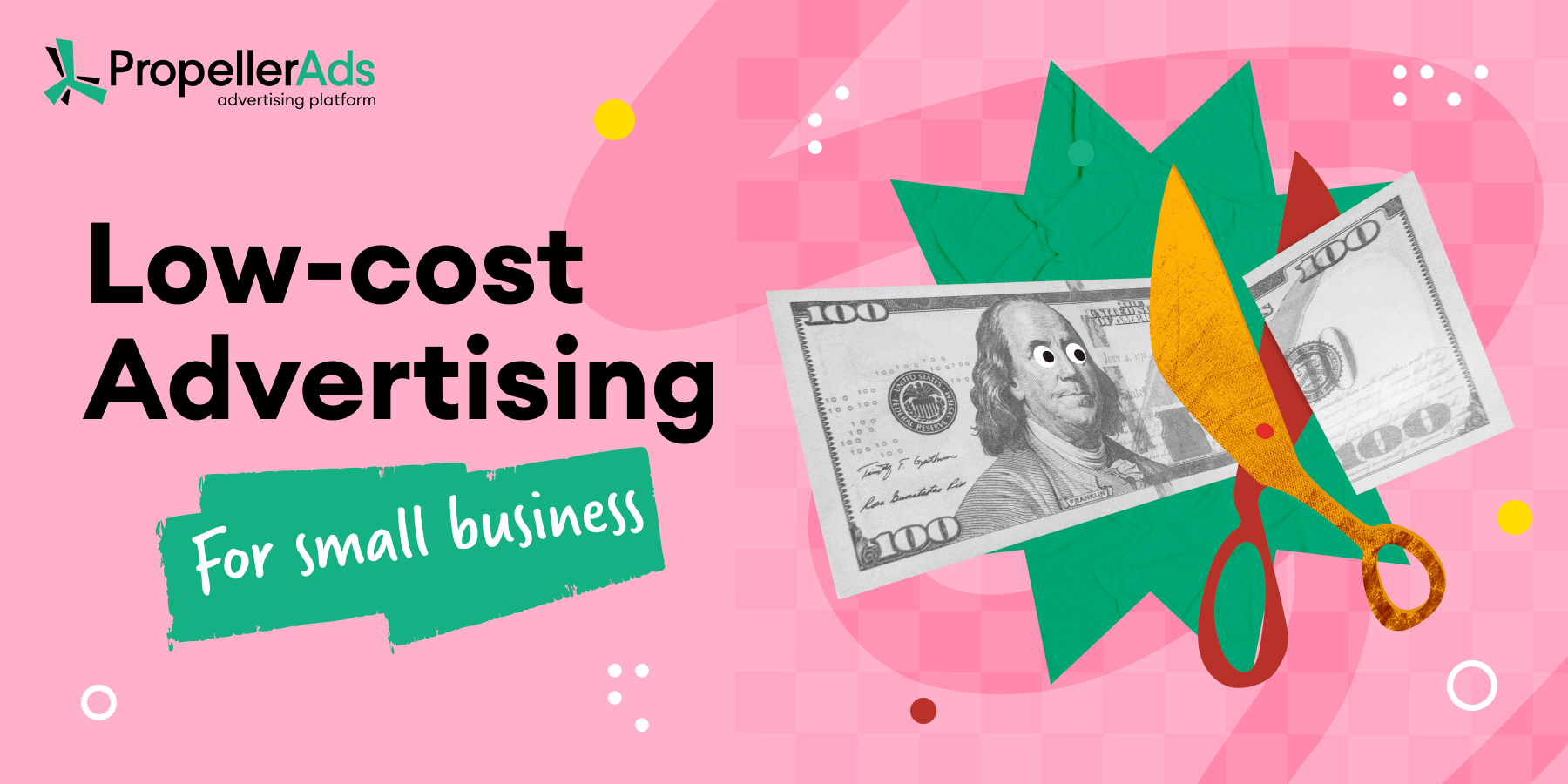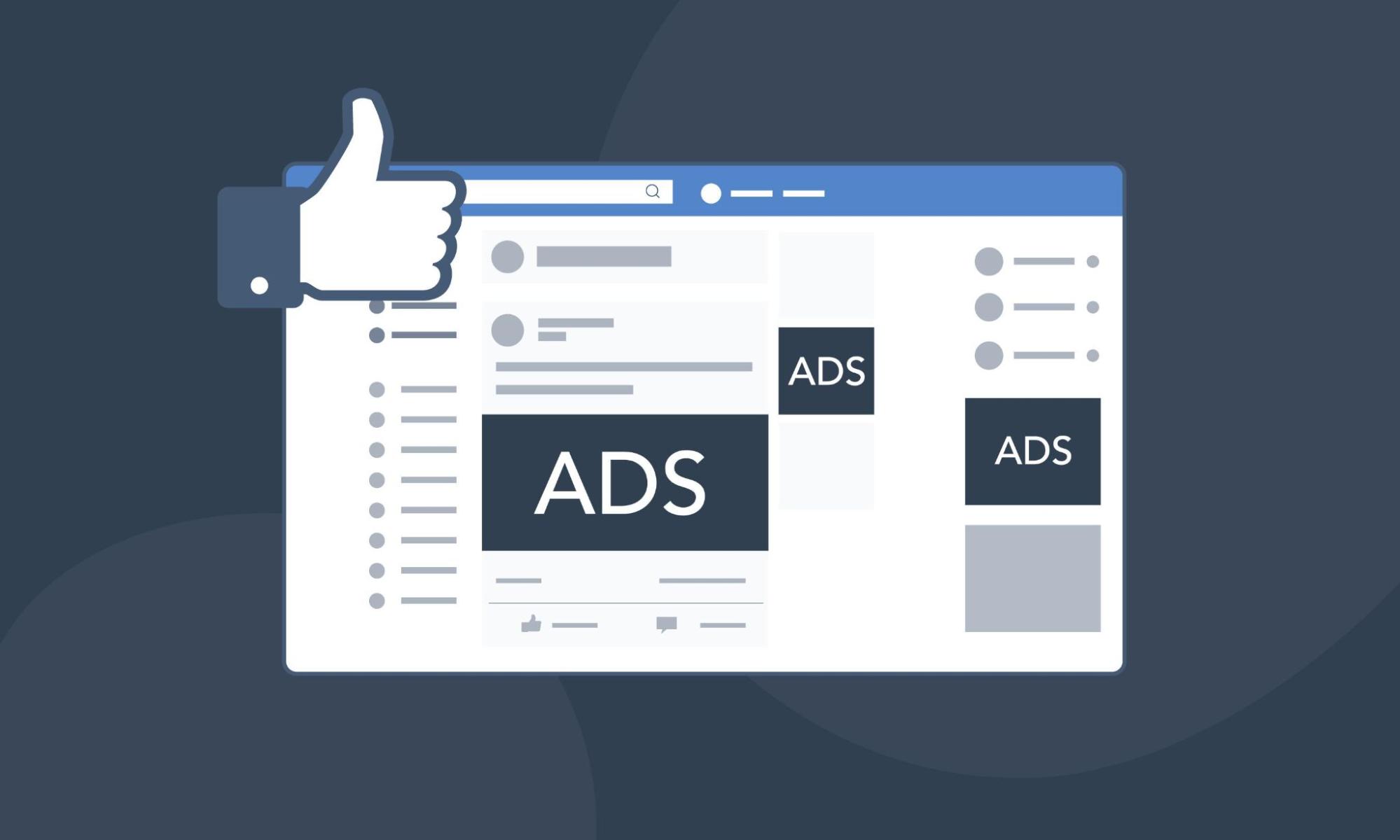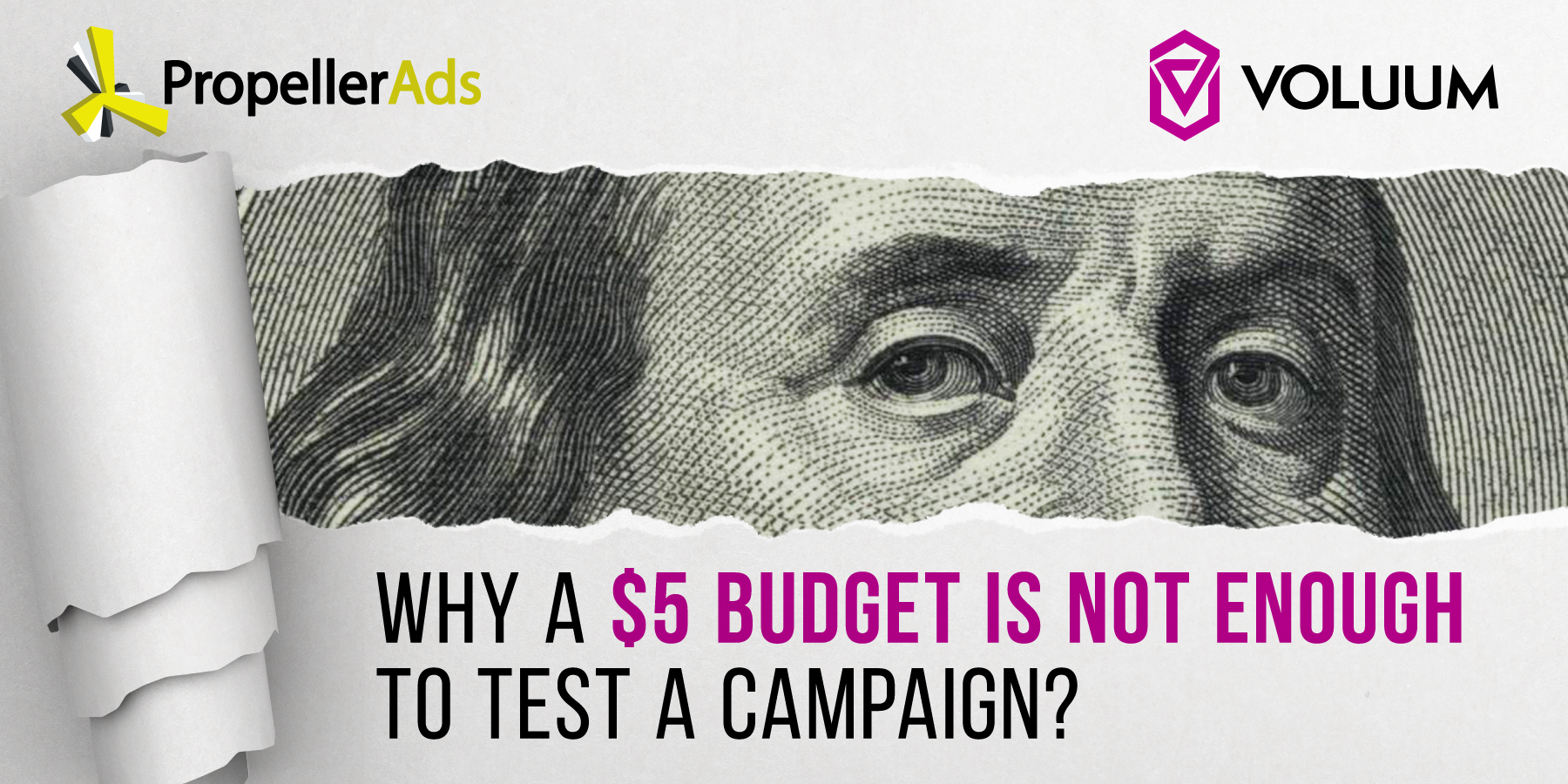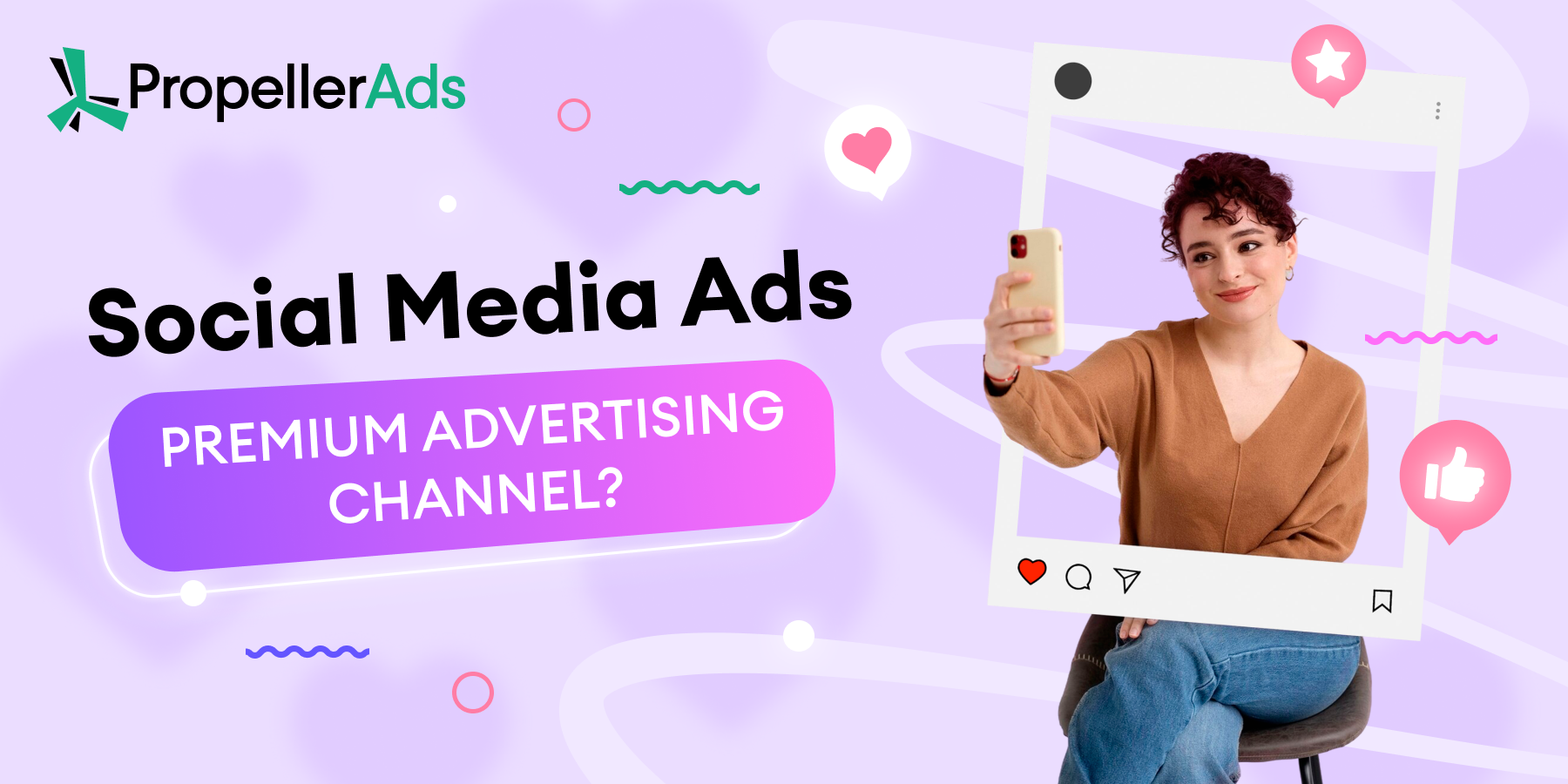Ads for Small Business: How to Stay on Budget?

Running ads on a shoestring budget? We get it. When you’re a small business, every dollar matters. As much as 90% of all companies worldwide are small businesses, and none of these companies have Fortune 500 cash.
So if you own a small business, you need ads that pull weight, and you need to find them fast.
In this mini-guide, we’ll share real-world advice: where to spend smartly, which platforms get you the most leverage, and how to squeeze ROI from Facebook, Google, or even local hustle tactics. Let’s jump in and start turning pennies into performance.
What Counts as a Small, Medium, or Large Business?
Before we get into ad strategies, you should figure out where your business fits. Knowing your business size matters. It’s not just about how many people you have. It also affects what you can spend, which platforms you can test, and how quickly you can grow.
So let’s take a look:
- A small business typically has fewer than 100 employees and brings in under $5 million a year. They usually come with small teams and limited budgets, so every marketing decision has to count.
- A medium-sized business usually has 100 to 500 employees and makes up to $50 million annually. They often have a small marketing team and some flexibility to test and optimize campaigns.
- Large businesses have 500+ employees and much higher revenue. And since they have bigger budgets and full teams, they can invest in broader, long-term advertising strategies.
Why it matters: Your business size shapes your advertising approach. Small businesses need to be scrappy and precise. Large businesses can afford to go broad and brand-heavy.
But even if you’re small, that doesn’t mean you can’t make a big impact. You just need to know how to make every advertising penny count.
How Ad Strategies Shift by Business Size
As a general rule of thumb, B2C companies should spend 2-5% of their revenue on advertising, and B2C companies should spend a bit more, around 5-10%.
Naturally, your size will affect how much you earn and, therefore, how much you spend as well. That’s why there’s a big shift in ad strategies between each of the business sizes.
Here’s how advertising strategies evolve as your business grows:
Large Businesses
Large businesses don’t have to stress over every dollar. They’ve got the money and the team to run big campaigns. TV spots, online ads, influencer deals, you name it. Most of it’s about keeping their name out there, not chasing quick sales.
Medium Businesses
Medium businesses sit in the middle. They care about results but can still afford to try new things. You’ll see them running Google or Facebook ads, maybe testing an influencer collab here and there, all with the goal of trying to grow without wasting spend.
Small Businesses
This is where precision matters most. Small businesses usually aim for direct results: organic leads, calls, and sales. With limited time and budget, ads for small businesses need to work hard and fast.
Here’s a snapshot comparison:
| Aspect | Small Business | Medium Business | Large Business |
| Ad Budget | $500–$5,000/month | $5,000–$50,000/month | $50K+/month |
| Main Goal | Leads, foot traffic, conversions | Growth, retargeting, brand presence | Mass awareness, long-term loyalty |
| Channels | Facebook, Google, local ads | Paid social, search, influencers | National media, TV, branded content |
| Support | Owner-led or freelance help | Small in-house team or agency | Full teams and multiple agencies |
| Tracking | ROI, CPC, direct results | ROAS, funnel KPIs, CPA | Brand lift, market share, omnichannel |
Key takeaway: The smaller the budget, the sharper the strategy needs to be.
Low-Cost Ad Tactics That Work on a Small Business Budget
Let’s face it, ads for small businesses don’t have the luxury of waste. When your budget is tight, you need results now. That means skipping vanity metrics and focusing on platforms that deliver leads, clicks, or sales fast.
You don’t need to hire an ad agency for small business operations; you just need to know what tactics to use. Here are 5 proven, budget-smart strategies:
1. Hyper-Local Facebook Ads for Small Business Companies

Do Facebook ads work for small businesses? Well, Facebook is still one of the most affordable ad platforms out there, so we say, it’s worth a shot. Facebook’s geo-targeting lets you zero in on your neighborhood or zip code.
Even $5–$10/day can get results if you:
- Promote a compelling offer or event.
- Use lead form ads for service-based businesses.
- Add urgency with deadlines or limited spots.
2. Google Ads for Small Business Visibility
Do Google Ads work for small business operations? Absolutely, if you stay focused. Avoid broad keywords and stick to:
- Tight keyword groups with buyer intent.
- Negative keywords to cut waste.
- Ad schedules that match business hours.
- Location extensions to drive local traffic.
3. Budget-Friendly Influencer Collabs
Micro-influencers (under 10K followers) often charge little or nothing. Think local foodies, niche creators, or small community leaders. Offer free products, services, or small payments in exchange for exposure.
4. Customer Referral Incentives
Referral marketing = free traffic from people who trust you. Offer small discounts, freebies, or store credit when customers refer friends. It’s one of the highest-ROI moves you can make.
5. Claim and Optimize Free Listings
Before spending a dime, make sure you’re getting all the free visibility you can:
- Google Business Profile
- Yelp
- TripAdvisor (if relevant)
- Local directories
These are online ads for small businesses that don’t cost anything, but still help you show up when people search.
Pro tip: Set up tracking links or ask new customers how they found you. Even low-budget tactics need performance data.
Low-Cost Tactics That Actually Work
When your ad budget is running on fumes, creativity becomes your best asset. These low-cost tactics go beyond the usual suspects and can still get eyes on your brand without draining your wallet:
- Team up with another small business: Find a local business that serves a similar crowd but isn’t a competitor. You can swap promos, co-host a giveaway, or even just shout each other out on social. It’s free visibility, and everyone wins.
- Sponsor something small but local: You don’t need a billboard. Try a school newsletter, a community event, or even a local podcast. For under $200, you can get your name in front of real people in your area.
- Join niche online communities: Reddit threads, Facebook Groups, or even Discord servers can be gold if you show up the right way. Be helpful, not salesy. When it makes sense, share your offer.
- Post short videos, no fancy gear needed: Grab your phone, shoot a quick product demo or tip, and post it on TikTok, Reels, or Shorts. If people respond, you can always put a little money behind it later.
- Make referrals part of the deal: Happy customers love to share. Give them a reason to: a discount, a freebie, or something exclusive. It’s way cheaper and usually more effective than buying clicks.
- Reminder: These tactics aren’t “less than.” They’re just leaner. With the right message and timing, they outperform expensive campaigns every time.
Final Thoughts
Small budget? No problem. Ads for small businesses don’t need to be big; they just need to be smart. Focus on platforms where you control every dollar, like Facebook or Google. Track results. Test small. Scale what works.
Remember, it’s not about spending more, it’s about spending better. Start with one tactic from this guide. Set a goal. Measure it. Improve it.
Smart beats flashy. Precision beats size. That’s how small businesses win the ad game.
Join our Telegram for more insights and share your ideas with fellow-affiliates!




